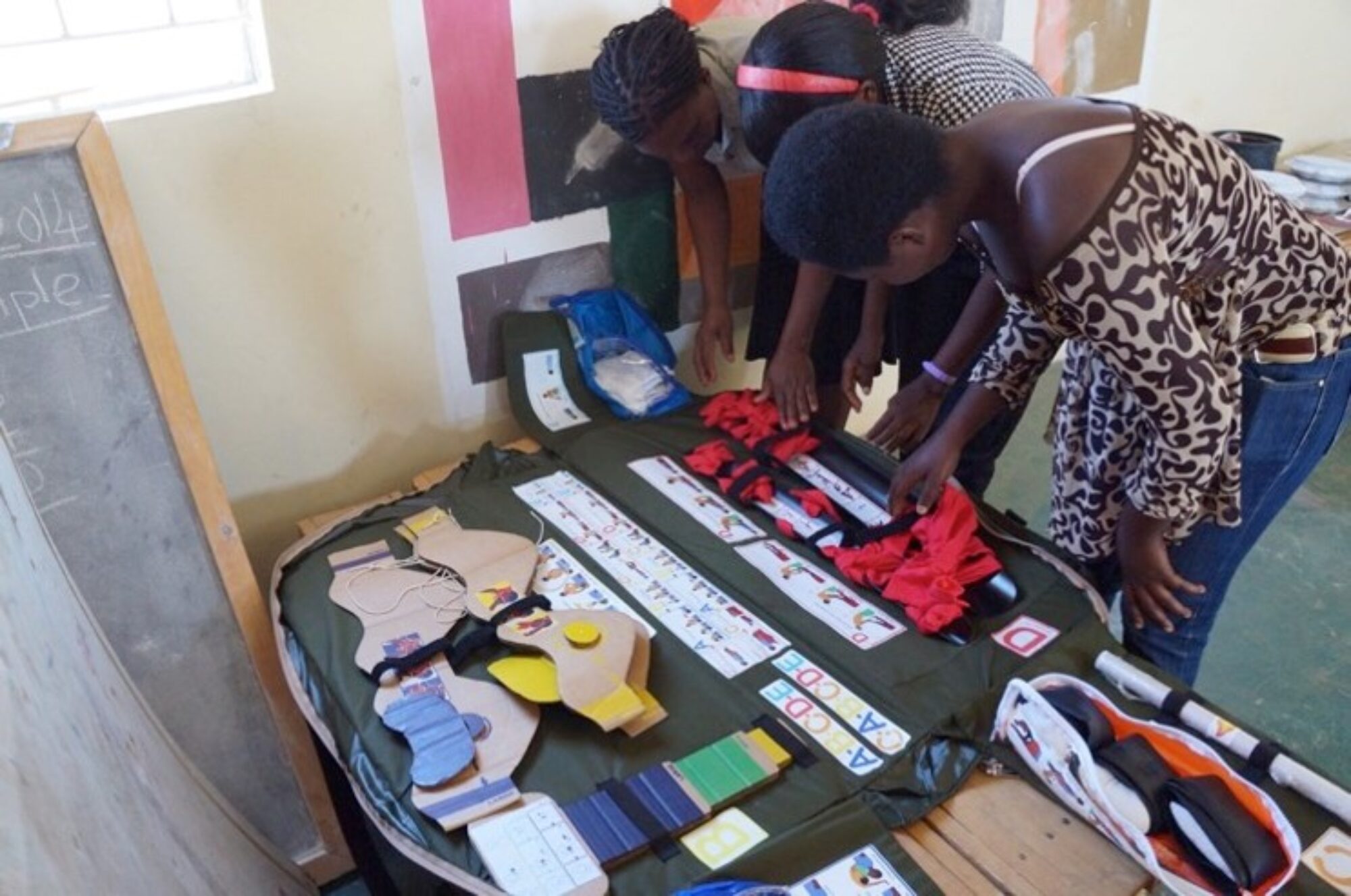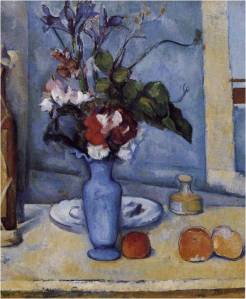If you look at the picture of the vase above you will notice that it doesn’t follow the standard rules of perspective; the vase and the plate are asymmetric, the plate appears as two separate objects and the table’s front edge is strangely represented. Yet the overall effect is of a vibrant, three dimensional image.
Vision Space is based on a completely new way of structuring representational media and how we represent visual experience. By studying the work of artists such as Van Gogh and Cézanne, John Jupe, a UWIC Academic Associate, has developed a range of insights into both the structure and dynamic of vision. The resulting unique form of 3D is not on the current 1, 2, 3D curve, creating a new category of experiential 3D (ExpD). Jupe has demonstrated that it is possible to radically improve our spatial perception of still and moving images by exploiting the distinction between the relatively ordered information available to central vision compared with that in peripheral vision.
A major ramification of this research is that it is possible to create images on a two dimensional screen that are far more convincing in their representation of spatial depth and proximity than conventional images. The opportunity exists to significantly reduce bandwidth while increasing saliency, without recourse to any special hardware or glasses.
Prof. Robert Pepperell has been researching the perception of visually indeterminate images through painting, brain scanning and psychophysical testing methods. The knowledge and insights gained from this work will be used to inform both the practical perceptual issues involved in the creation of the imaging simulator and the larger theoretical questions underlying the technology as a whole. PAIPR’s role will be in developing prototyping methods around which to develop and research ‘real world’ applications for Vision Space in sectors such as medical imaging, large format printing and gaming.

